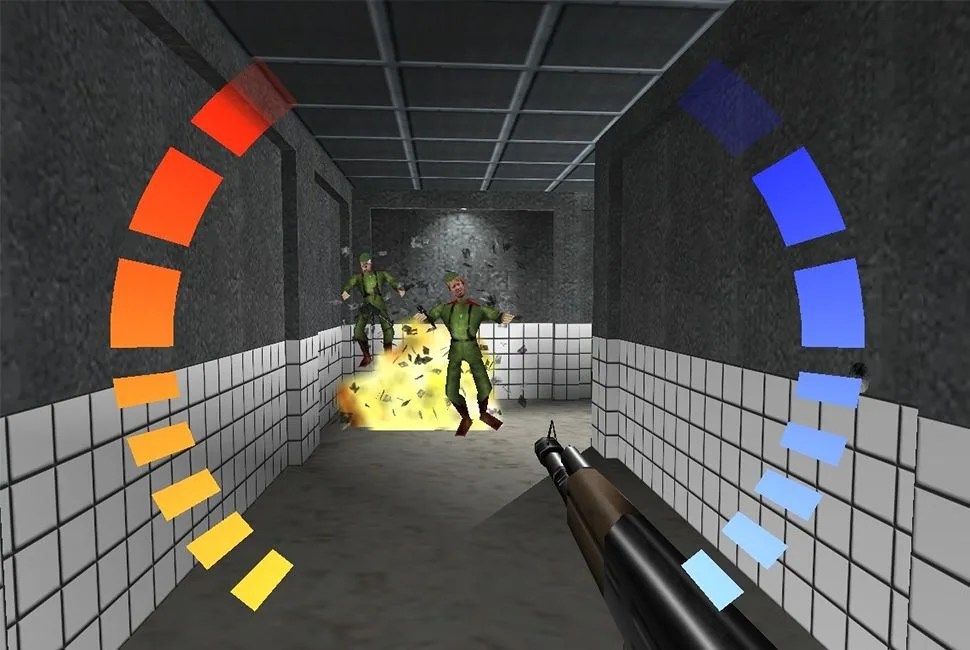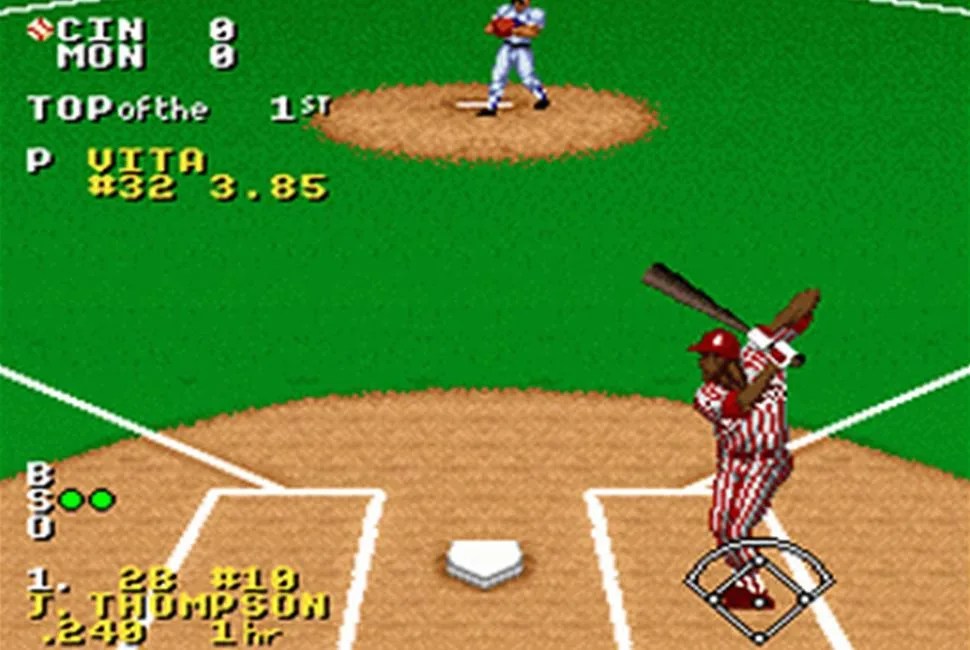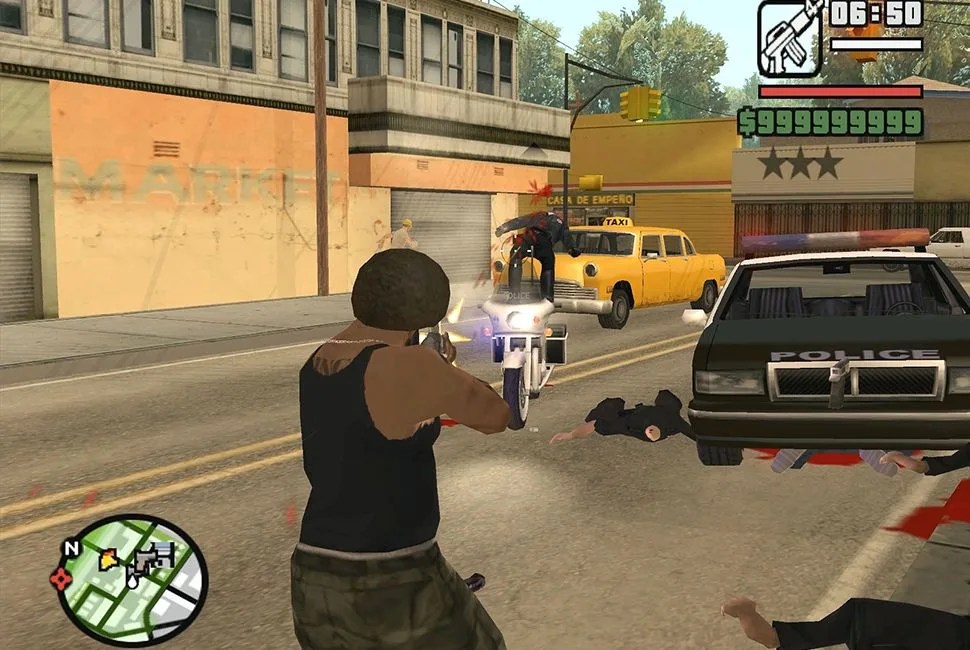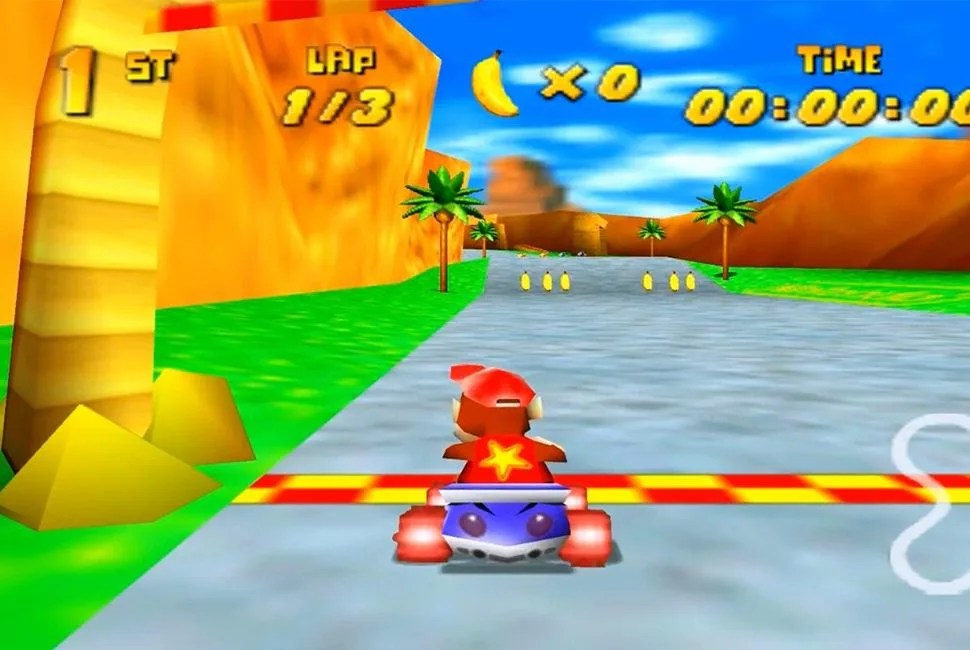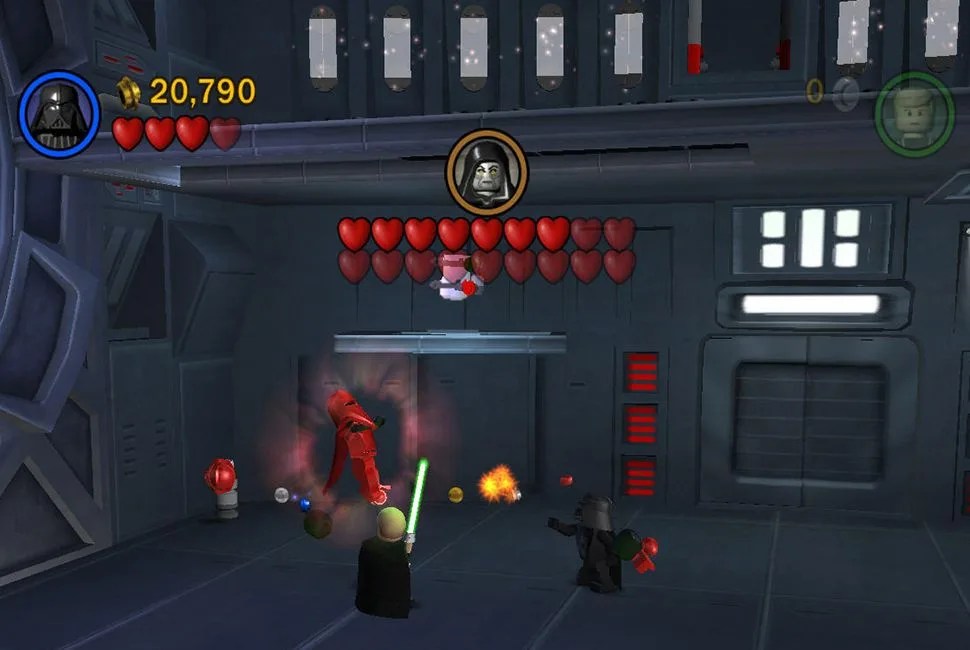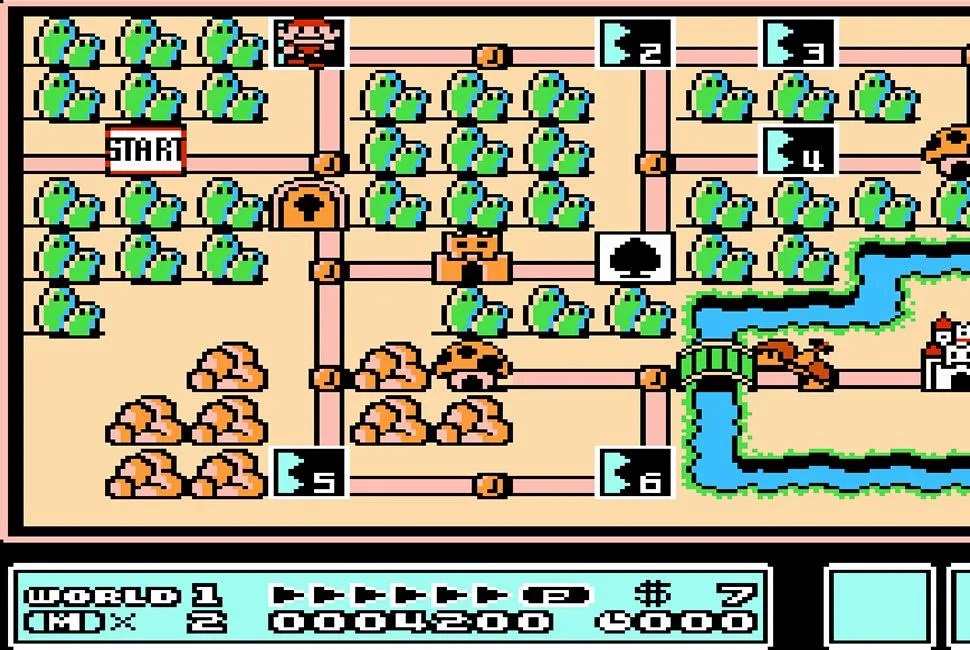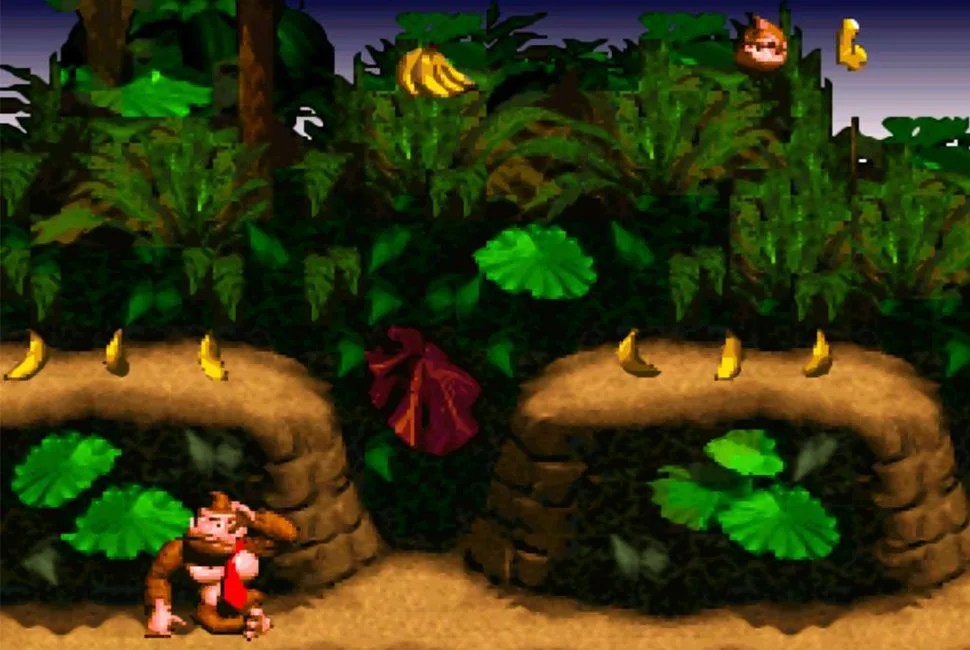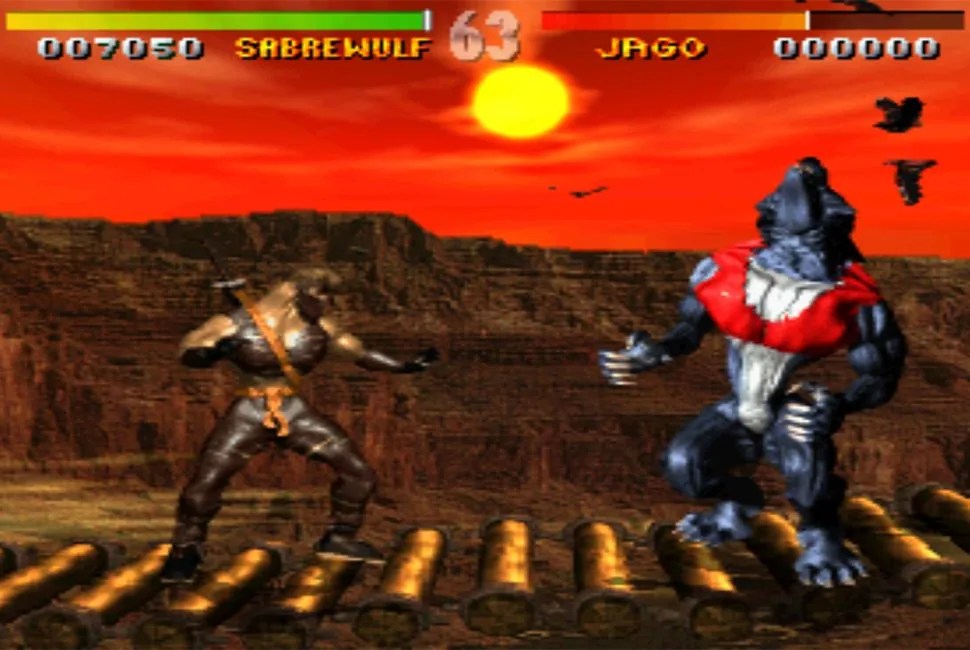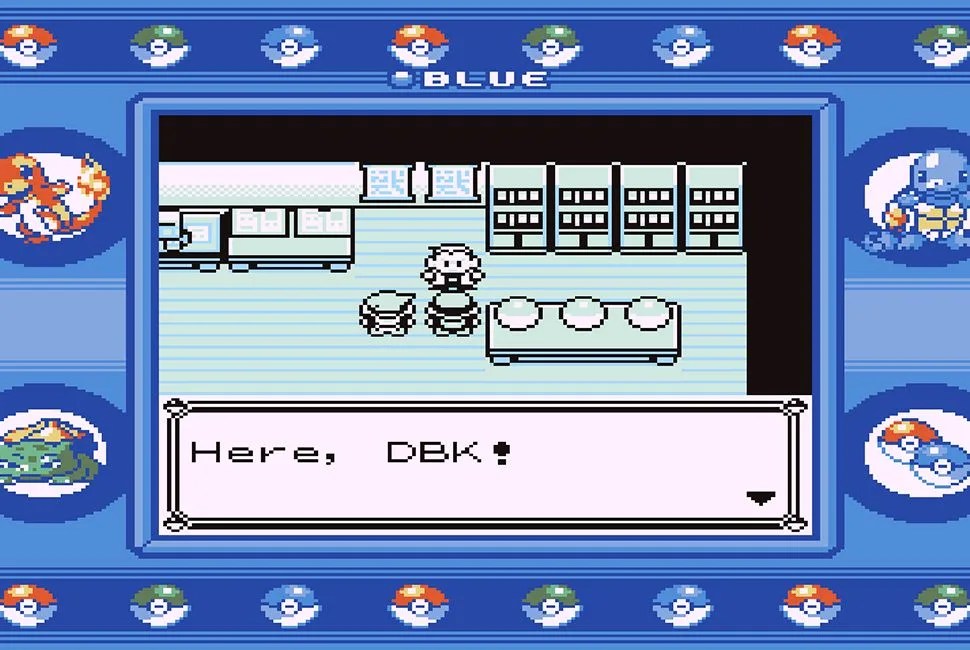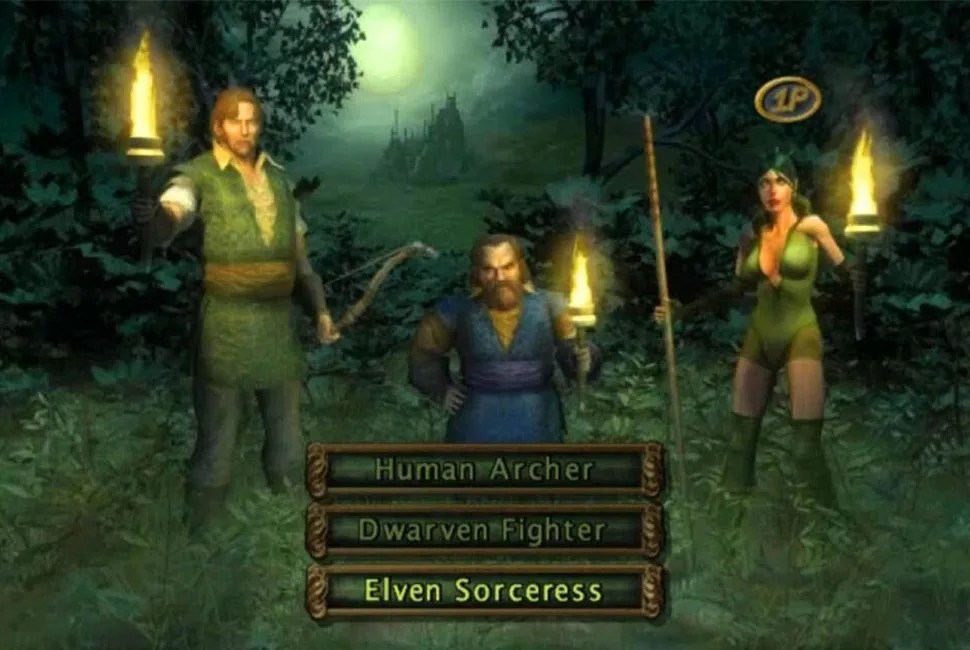When I was younger I attended youth group at a local Baptist church. I had just moved, so this was essentially my crew, my network and my dinner group. Once a year we’d hold a “lock in,” in which a group of roughly three dozen kids of varying ages, and adults who probably regretted signing up to chaperone, stayed up all night watching movies or playing board games or chatting. I was about 10 years old, so my new friends and I were playing Halo which had recently premiered on the original Xbox. We’d set up two back-to-back TV’s (Sunday collections had to go somewhere) and play 4-v-4 locally. Imagine it. Eight sweaty, yelling kids, all self-conscious and crazy with hormones. Kids these days will never experience that.
Fast-forward a few years, and I had my first LAN party. Counter Strike: Source had dropped — a game that defined realism in first person shooters. Again, imagine it. Young teenagers, cursing and pimply and crazy with hormones, all lugging desktop computers and monitors into the same room and plugging into a network switch to play locally. Teens these days will never experience that.
What they do experience are video games that lost something along the way to adulthood. The graphics grew up, becoming so good that my young self would shake in his size-7 Adidas if he saw them. But when graphics improved, consoles suddenly became unable or unwilling to keep up with a split screen. Halo 3 (2007) could host 4 players locally. But by 2011, when the beautiful and much more complex Battlefield franchise arrived on consoles with Battlefield 3, it brought with it no local multiplayer. In 2015, when Call of Duty: Black Ops 3 released, articles were written about the fact that it maintained local multiplayer, since the practice was unsupported by most game publishers, including Halo 5, which was released the same year.
Now, with essentially every new release except sports games, the only way to play with your friends is to play online, in separate homes, on separate couches, with headsets on; the days of playing basketball all day and Mario Kart all night have gone the way of the pogo stick. And with the death of split-screen comes the death of one of the best aspects of gaming: bonding. Graphics and personal experience are the forefront for developers — the next step in gaming, Virtual reality, literally blocks the rest of the world from sight.
So in remembrance of the days of old, when you could embarrass grandma on the NES without having to explain the intricacies of a controller with more than two buttons, here are our fondest multiplayer games from the childhoods of GP staffers.
Goldeneye
Nintendo 64

